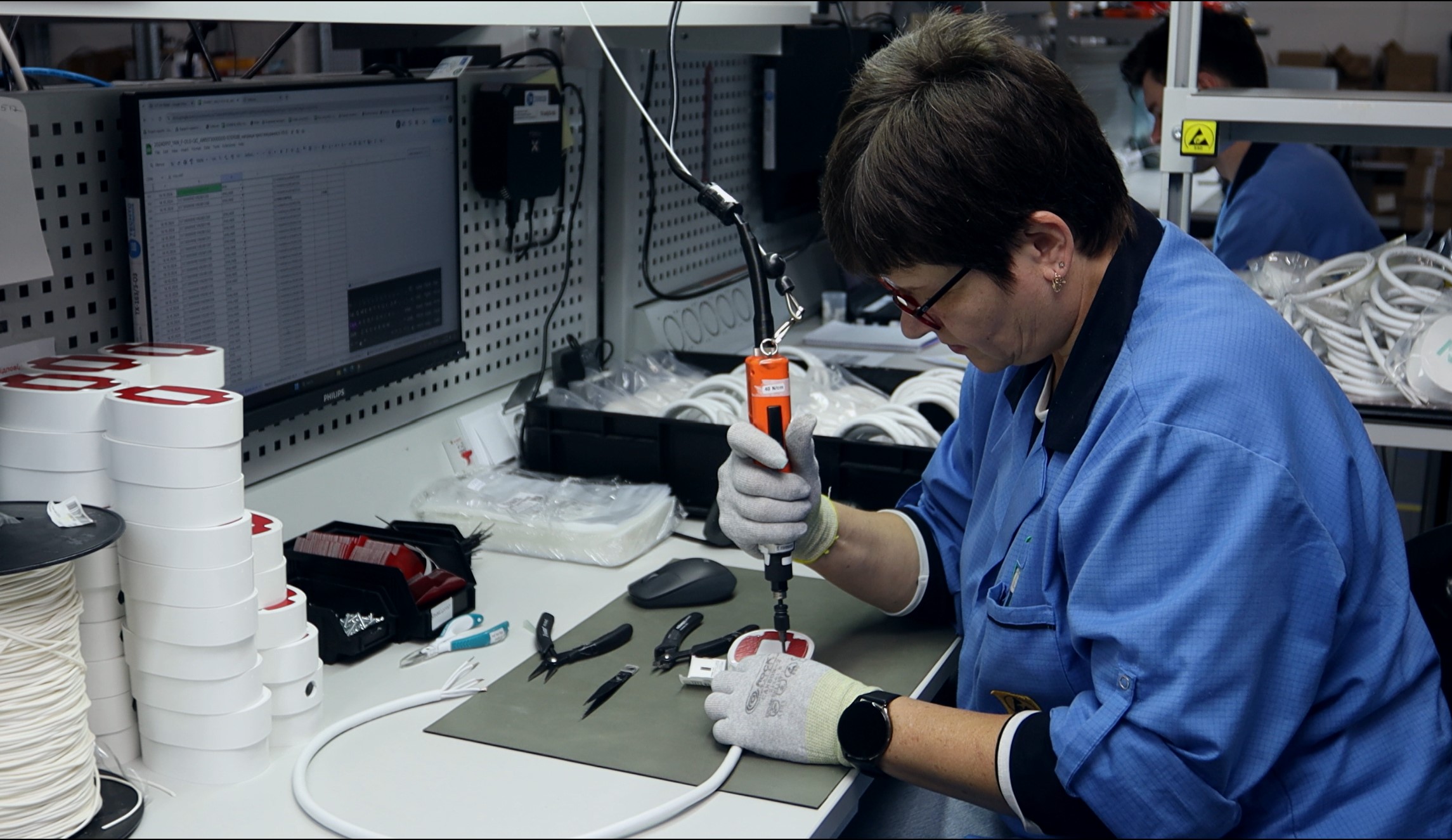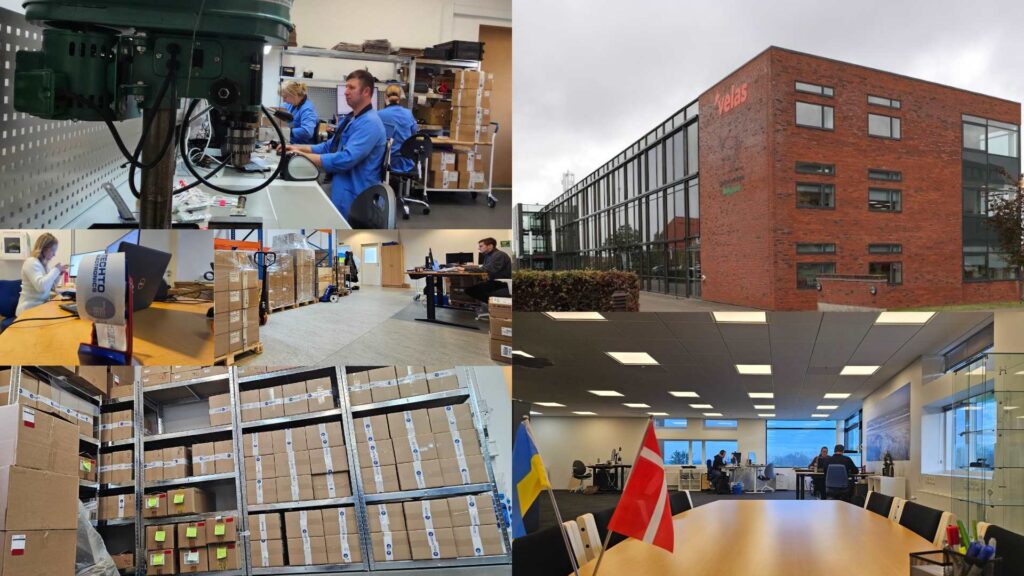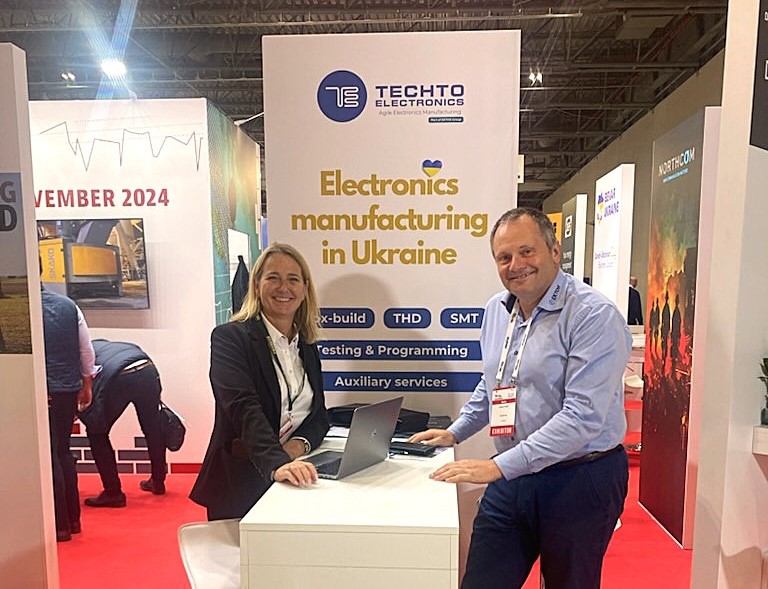Interview about Box-Build – Transforming ideas and components into functional products

Box build assembly is the transformative process that brings product ideas to life, turning concepts into fully functional solutions that meet customer expectations. This end-to-end service integrates every element—electronic components, enclosures, and wiring—into a final product, requiring seamless coordination to ensure each part fits, functions, and complies with regulatory standards. For electronics vendors, box build not only speeds up time-to-market but also enhances quality control and simplifies supplier management.
At TECHTO Electronics, EKTOS’ electronics manufacturing services – EMS provider, mastering the complexities of box build has been key to their success. Through tools like on screen guides, precise timing, and robust traceability, TECHTO consistently delivers quality and efficiency. In this quick Q&A session, we interview Oleg Senyk, CEO of TECHTO Electronics, to learn more about their approach to box build.
How would you describe box-build?
Box build is the complete process of assembling a product, covering everything from enclosures, wiring, and cables to sub-assemblies. It goes beyond just putting together PCBs; it involves integrating those PCBs into a final, ready-to-use product housing. Box build tasks can be as simple as placing a PCB in a case or as complex as assembling multiple components like connectors, switches, and custom hardware. Each step—mechanical assembly, wiring, software loading, testing, and packaging—is carefully managed to ensure consistent quality throughout production.
What role does onscreen guides play in the process?
Onscreen guides play a key role in our assembly process by giving our team real-time, visual instructions that boost accuracy and reduce the amount of human error. Since we manufacture products for clients from various industries, each with unique needs, we customize these guides for specific assembly steps, including detailed images, videos, or animations to explain complex tasks. This approach ensures that team members are less likely to make mistakes, as they have a clear, step-by-step guide for assembling each component. These detailed visual instructions also help new employees quickly get up to speed, ensuring consistent product quality across the board, no matter who’s doing the assembly.
How do you manage time in your manufacturing process?
Timing is a crucial element in our manufacturing process because it really impacts production efficiency, costs, and time-to-market. We promise to deliver for our clients at a specific time which they factor into their product release and all the associated activities that have to be put in place. We cannot afford to be the reason why our clients cannot go to market as planned. Precise timing helps us coordinate everything seamlessly across phases—from PCB assembly to the final box build. We structure our production flow so tasks are completed in the most efficient sequence, avoiding delays and saving time in areas like material procurement, assembly, and testing. Just-in-time manufacturing also plays a big role; components arrive exactly when needed to prevent inventory buildup, and automated systems allow us to track progress and quickly address any bottlenecks that could slow us down.
What about Traceability?
Traceability means we track every part and process throughout an electronic product’s entire manufacturing journey. In doing so, we are able to trace each component, assembly step, and test result, making it easy to pinpoint the source of any issue that may come up later. With traceability, we can quickly find and fix defects as part of our quality control, and at the same time meet strict regulatory standards along the way. Each component gets a unique identifier—like a barcode or RFID tag—so it’s easy to track through every step. We also monitor production in real-time, immediately addressing any deviations to keep everything on course. Automated tracking systems help us log each step. We use this to create a clear digital trail of data for every product.
Any last words?
In electronics manufacturing, we fully understand the complexity of bringing together multiple components, precise assembly steps, and rigorous regulatory standards. Our focus is on integrating each element flawlessly, from sourcing quality components to maintaining meticulous quality control at every stage. By doing so, we’ve gained a competitive edge; our products consistently meet the highest standards and perform reliably in the market. This commitment to quality isn’t just a goal—it’s the foundation that allows us to deliver solutions that our clients always can depend on, time and time again.




